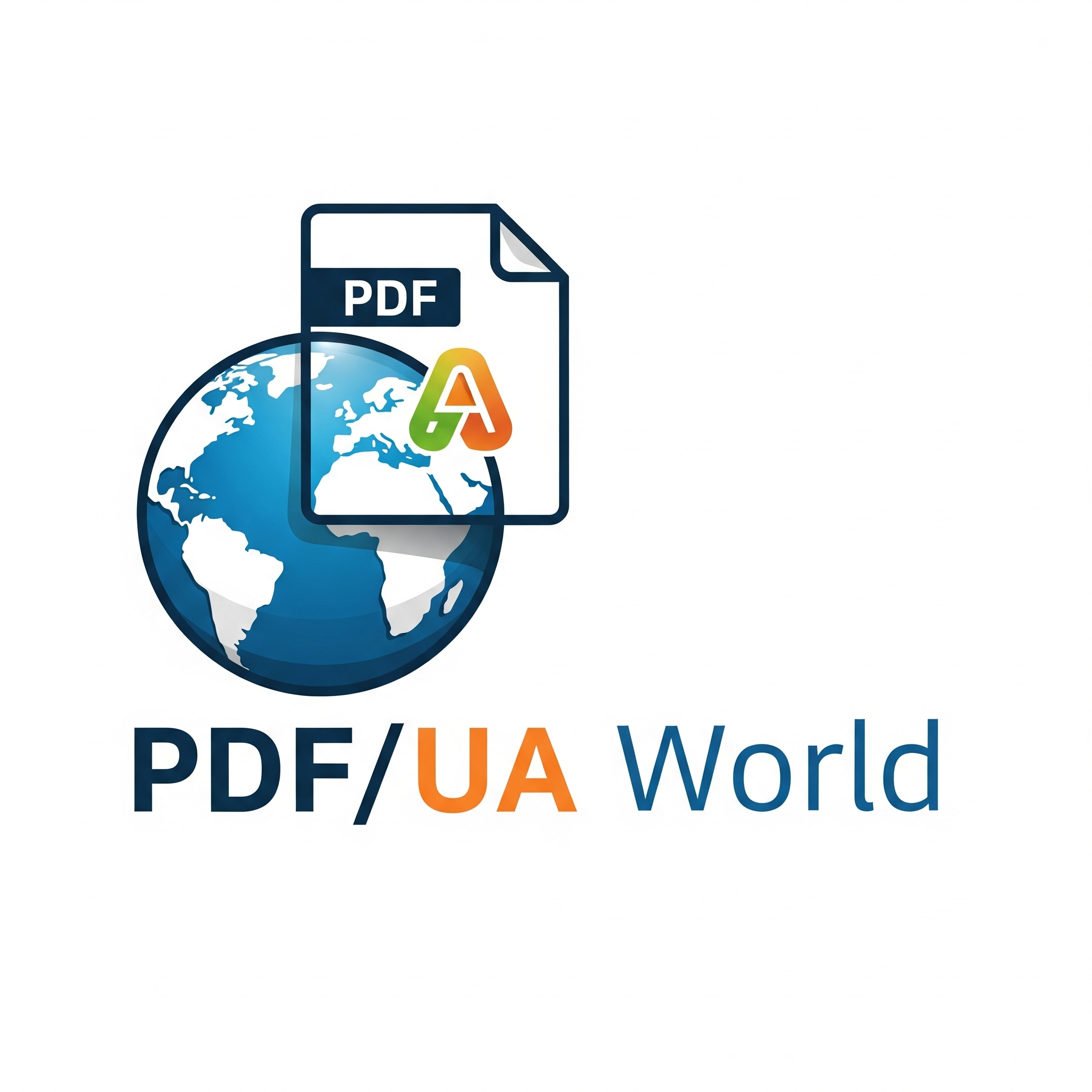The PDF/UA Standard
The PDF/UA (Portable Document Format/Universal Accessibility) standard, formally known as ISO 14289, is the international standard for creating accessible PDF documents.
Its development was a response to the fact that early PDF versions, while excellent for preserving document appearance, were largely inaccessible to people with disabilities.
A Brief History
The foundation for accessible PDFs was laid by Adobe in 2001 with the introduction of “Tagged PDF” in PDF 1.4. This feature allowed a logical structure to be embedded in the document, which could be interpreted by assistive technologies. However, this was a voluntary feature, and there were no specific rules governing how to use it for accessibility.
PDF/UA-1 (ISO 14289-1:2012)
Published in July 2012, PDF/UA-1 was a major milestone. It established a comprehensive set of requirements for making PDFs accessible. These requirements are based on the PDF 1.7 specification and include:
-
Tagged Content: All meaningful content must be properly tagged.
-
Semantic Structure: Content must be marked with semantically appropriate tags (e.g., headings, lists, tables) in a logical reading order.
-
Alternative Text: All non-text content (like images) must have alternative text.
-
Font Embedding: All fonts must be embedded in the document.
-
No Unaccessible Content: Certain features, such as JavaScript and embedded multimedia, are restricted or prohibited to ensure accessibility.
An update, ISO 14289-1:2014, was released in December 2014, making minor revisions to the standard.
PDF/UA-2 (ISO 14289-2:2024)
PDF/UA-2 is the most recent version of the standard, based on the PDF 2.0 specification. Published in 2024, it introduces significant advancements over its predecessor.
While both versions share the goal of creating accessible PDFs, PDF/UA-2 is a complete rewrite that addresses shortcomings of PDF/UA-1 and aligns with the newer PDF 2.0 architecture.
It is designed to be more robust, streamlined, and adaptable to modern digital workflows. A key difference is that PDF/UA-2 is not backward compatible with PDF/UA-1.
Understanding PDF Accessibility Requirements
Between Validity and Compliancy
PDF accessibility requirements can be seen as a four-layer pyramid. Every layer builds on the previous layers:
- Level 1: PDF
- Level 2: PDF/UA
- Level 3: WCAG
- Level 4: Usability

